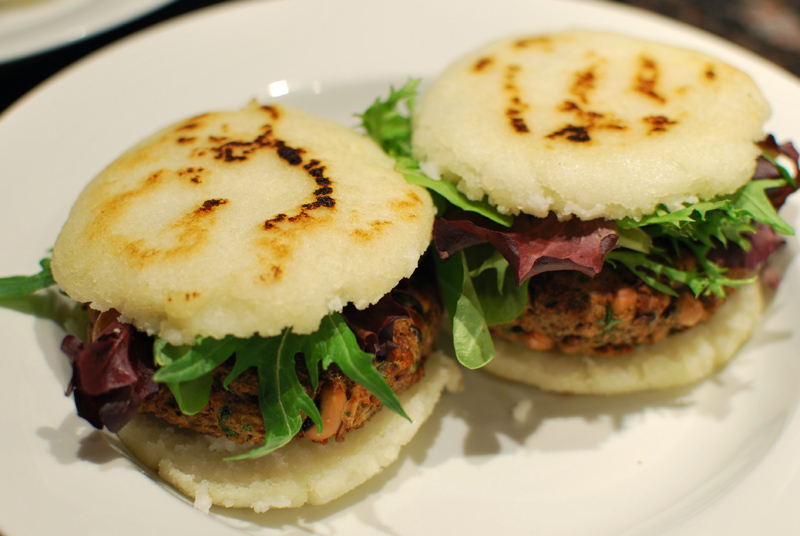It depicts contented people enjoying food and drink on an outdoor patio overlooking a patchwork of farmland. Overhead are others looking down from the branches above. It is but one of many murals that grace buildings in the City of Brotherly Love. But this particular edifice is different. And while it appears understated, almost austere, it once was home to one of the premier French restaurants, Le Bec Fin.
The interior is similarly appointed with minimal ornamentation, save for the hand blown Murano glass chandeliers imported from Venice, there are only about a dozen tables in the dining area which is now home to Vetri, hailed as one of the most respected and influential Italian restaurants in the country.
Chef Marc Vetri and sommelier Jeff Benjamin created the concept of a tasting menu only dining format and began serving patrons in 1998. Their rustic fare, handcrafted pastas, innovative flavor combinations and artful presentations continues to provid the public with an unparalleled dining experience. And last week I had the opportunity to be a guest at their table.
Tomorrow I will relate to you my dining experience at Vetri.












































